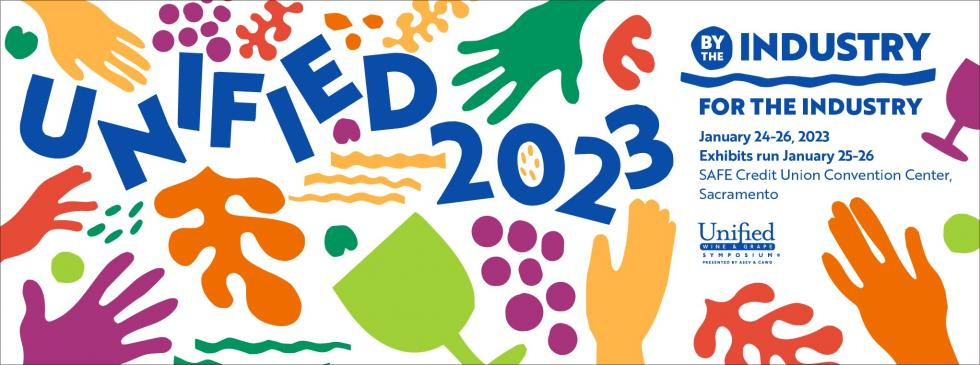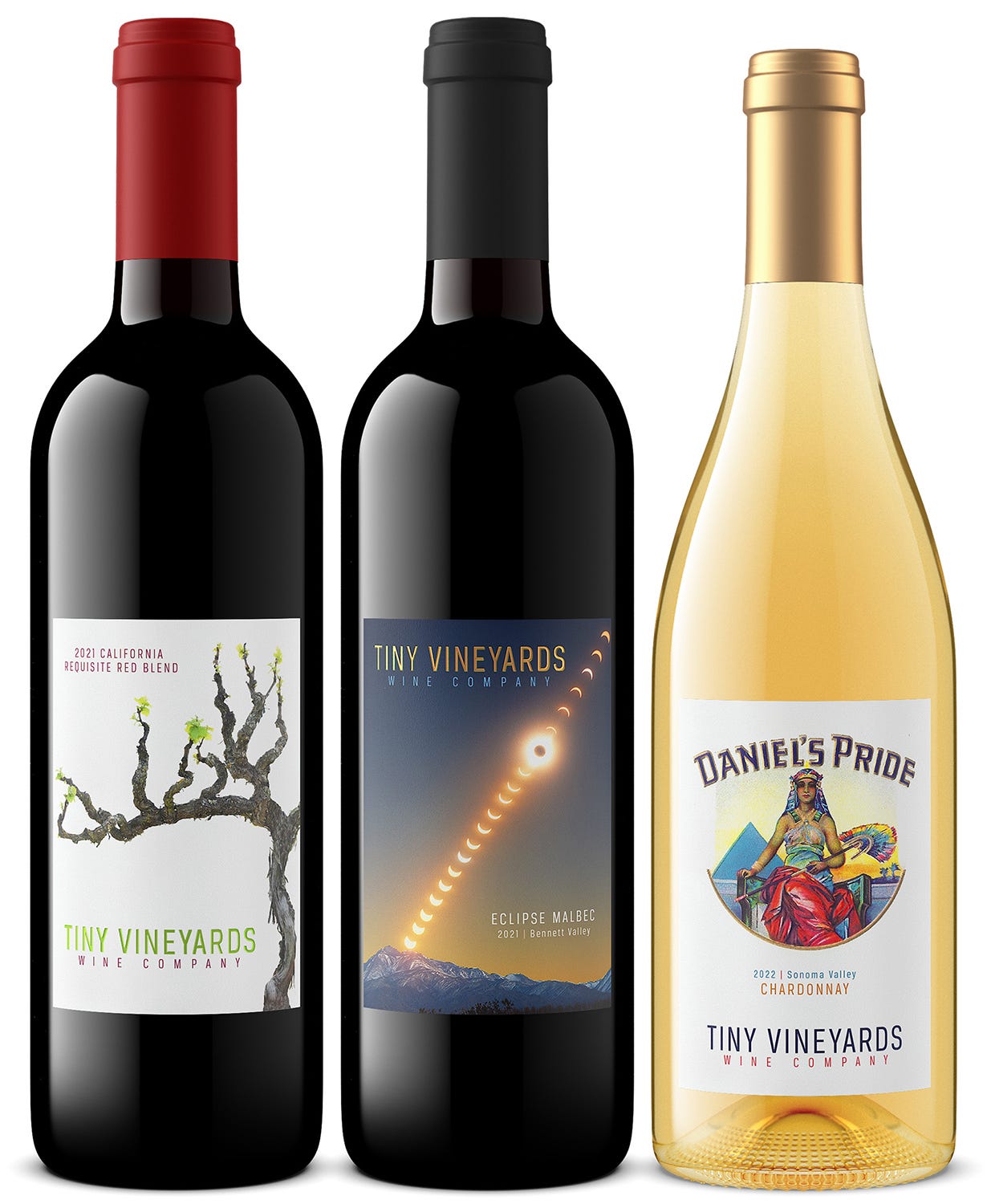Goings On
The heavens open, and focusing on the finish line
Keep your eyes on the finish line and not on the turmoil around you. ~ Rihanna
That wasn’t a finish line for me…This is my new starting line. ~ Wendelin Van Draanen
One of the few graces of getting old — and God knows there are few graces — is that if you've worked hard and kept your nose to the grindstone, something happens: The body gets old but the creative mechanism is refreshed, smoothed and oiled and honed. That is the grace. That is what's happening to me. ~ Maurice Sendak
And the Rains Came…
Gawd, did they ever. For the past two months it has fogged in, misted, drizzled, rained, poured, drenched, deluged, sleeted — even snowed right here in wine country! — on a depressingly frequent basis. We’ve had floods, landslides, hundreds (thousands?) of trees down, windstorms, tropical depression(s), Arctic cold fronts, atmospheric rivers, a pineapple express, and cabin fever reminiscent of Covid. The ground is slippery, soaked, saturated, seeping, weeping, and really muddy. Year-to-date precipitation (Oct. to Sept.) has already eclipsed 30 inches in some grape-growing areas (that’s our annual average in a good year). Last year’s total was half that. So, one of California’s most destructive drought periods ever has taken a knockout punch to the chin, reservoirs are full, rivers are flowing again, underground aquifers are getting recharged and water restrictions will certainly soon be lifted. Forget the remedial discussion about climate change, the precious moisture is a godsend after such a long drought, but the very real danger, damage and death are self-evident.
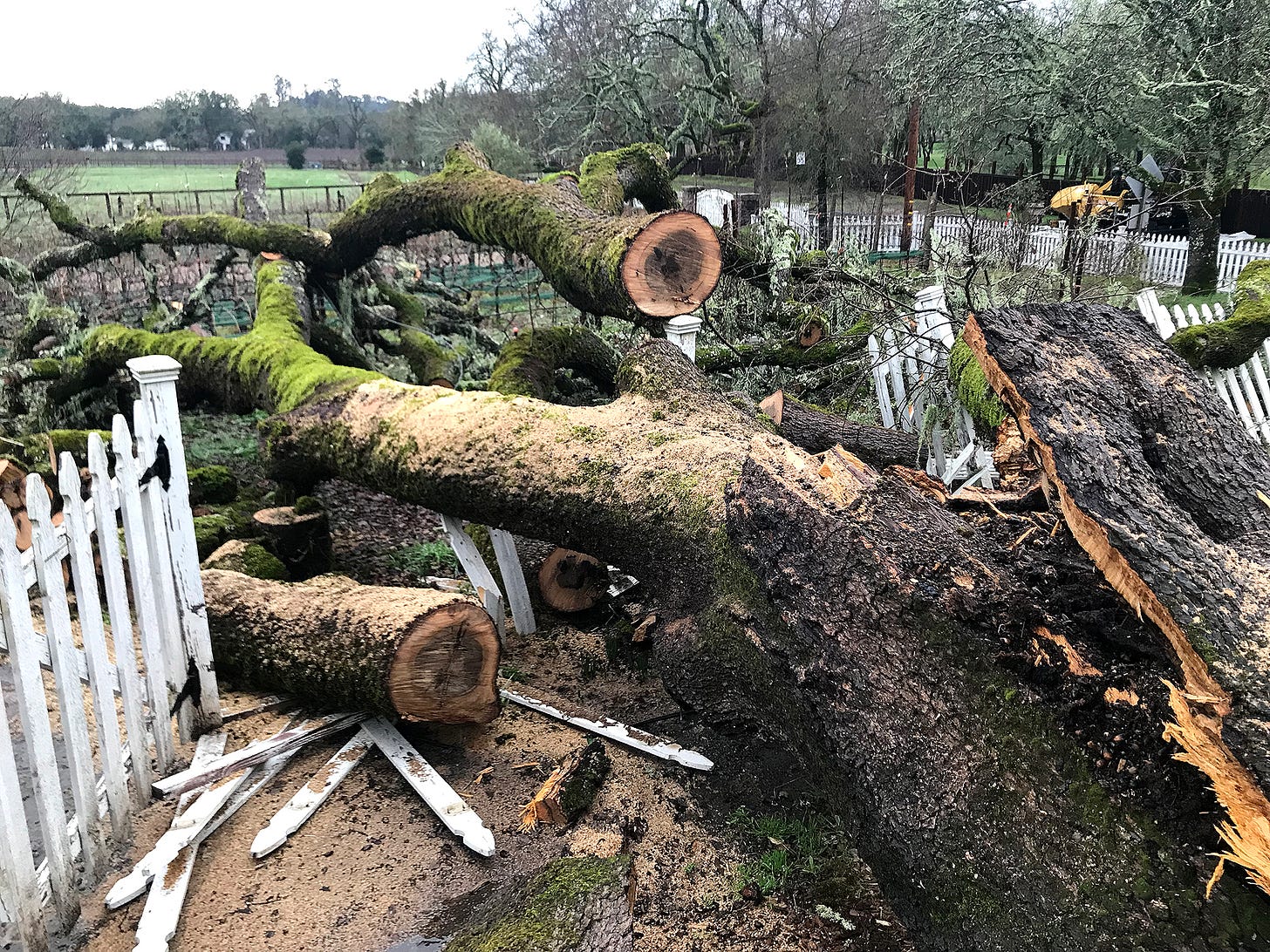
Beyond the damage that much rain can inflict, what all this means for the 2023 vintage can only be good, as long as it doesn’t rain forever and we eventually get some sun. But for now, grape growers and winemakers are more than happy to balance the scales against those insanely hot, dry, fire-threatened vintages of the past few years.
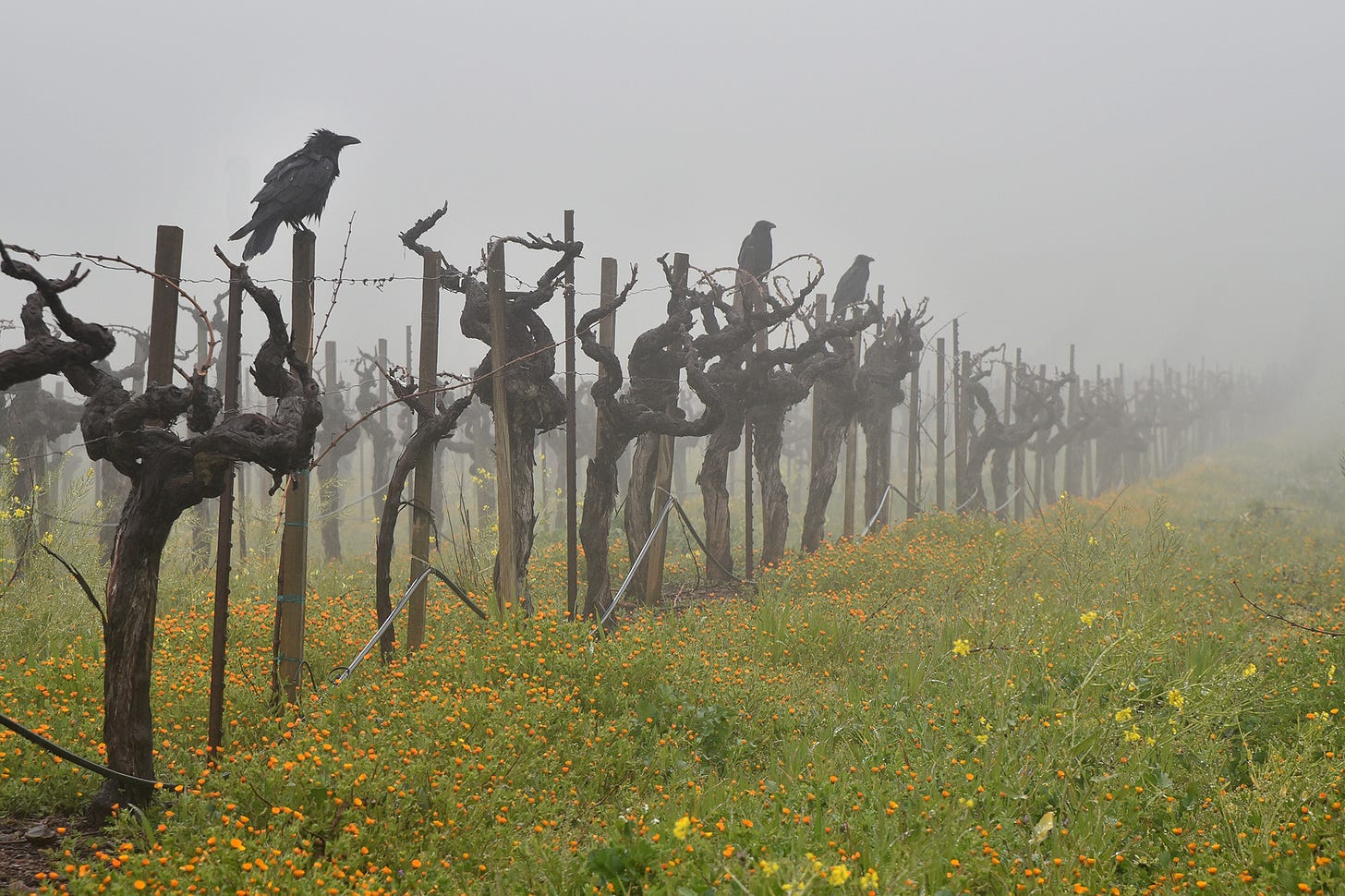
At the moment the valley is a verdant carpet of green growth and wildflowers. It’s one of the best wild mustard seasons in years with bands of condiment color interspersing rows of still dormant vines — though I swear I can detect them quivering ever so slightly in anticipation of bud break, a month or so from now. I started pruning way back in January on a wonderful 1,000 vine Syrah vineyard I’ve taken over (more on this to come!), and continue to grab the rare dry day here and there to get it all finished —Bobbie’s, Amit’s, and Hassan’s vineyards all needing attention—before buds begin to swell. The big commercial guys don’t have the luxury of waiting for a sunny day and you often see large pruning crews in bright yellow rain slickers out amongst the yellow mustard defying the elements.
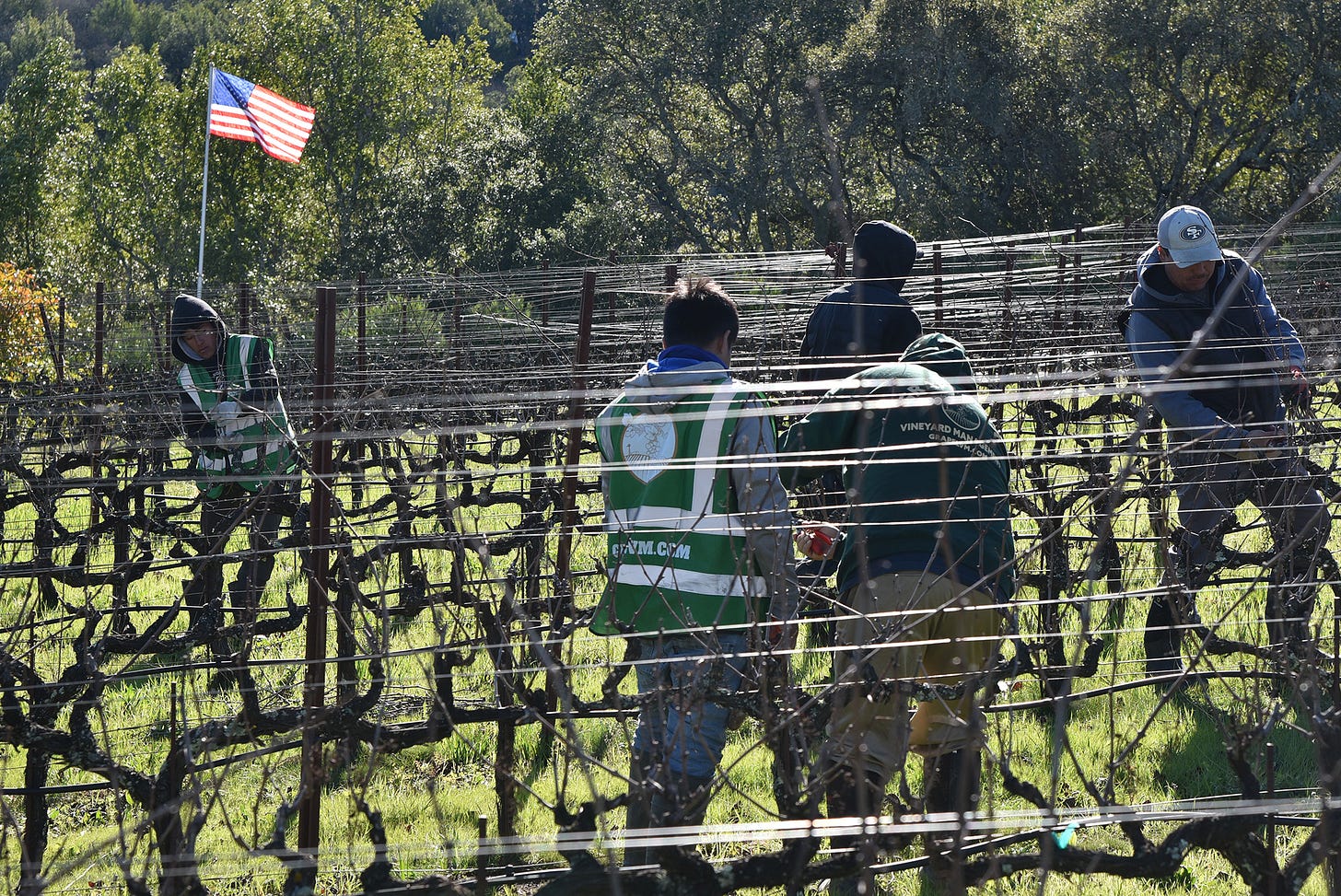
School’s out forever…
Another “good” thing about all this rain is that it turned out to be almost perfectly timed with the last class of my UC Davis Winemaking Certificate Course — a little brain buster called Wine Stability and Sensory Analysis. Without the weather-induced house arrest — within which I, having nothing better to do, was compelled to study the three or four hours a day needed to understand the material — I’m not sure I would have made it through. I mean, I’m pretty much done with taking college-level chemistry at nearly four times the age of the person who should be taking the course.
But as I write this, all swelled up with pride and strutting about way too much, I have only one week to go before I take the final test required from all five Certificate courses, one chemistry prerequisite course, and a marketing course, all of which I started two years, two months and one week ago. It’s been a long slog, and truly was at times just like being back in college — it certainly was that challenging.
Yet, I loved it all in sort of a masochistic way. And I learned sooooo much. Especially this last class; as having become somewhat fluent in the chemistry and processes of wine, I now can at least understand, if not yet fully speak, the language.
Wine Stability and Sensory Analysis, double-team taught by esteemed UC Davis Professors Grady Waan and Patricia Howe, was ten fast-paced, jam-packed weeks covering: Sensory Evaluation, Physiology and Analysis; Juice Conditioning, Additions and Enzymes; Color Stability & Oxidation; Fining & Stability; Metal Stability and Sulphide Reactions; Protein and Polysaccharide Stability; Potassium Bitartrate and Calcium Tartrate Stability; Separation, Filtration, Adsorption and Ion Exchange Principles; and Preparation for Bottling and Final Stability.
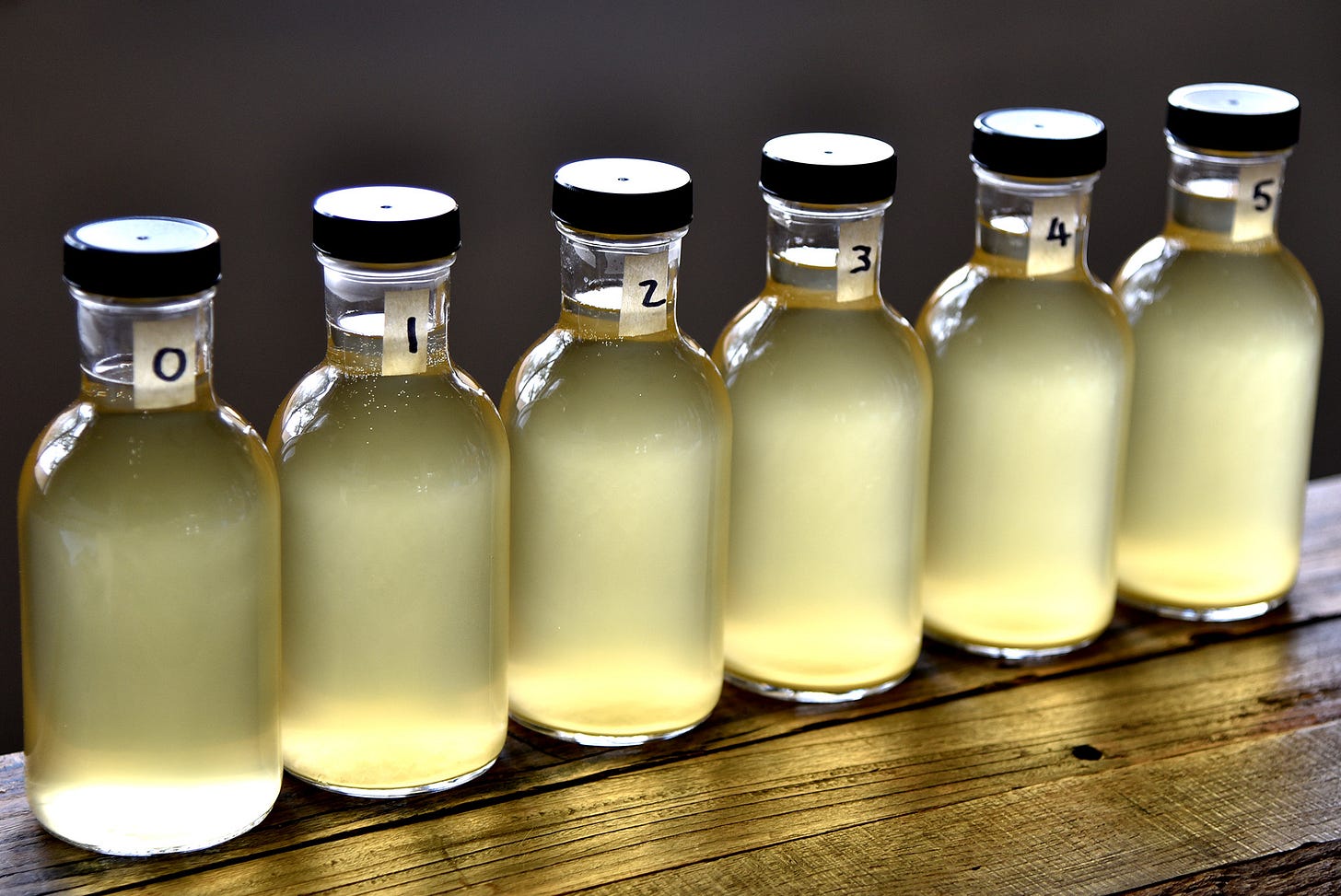
In addition to all the science, we were also required to weigh in stylistically and philosophically on such discussion topics as: “Minerality” as a Descriptive Term; Pre-oxidation — Green or Brown Winemaking; Fining — Mud, Guts or Blood in our Wines, What constitutes Manipulation?; and the Great Cork Debate. We also, of course, had to read the requisite two to four scientific papers per week, and the seemingly endless pages from our massive course textbook, Ronald S. Jackson’s 5th Edition Wine Science - Principles and Applications, and the course lab book, Patrick Eland’s Techniques and Methods for Chemical, Physical and Sensory Analysis and Tests of Grapes and Wine. And finally, we had to sensory analyze and describe four different wines. It was quite a syllabus!
But perhaps the most valuable and rewarding aspect of this final dose of instruction was how it coincided with my own winemaking experience in real time — specifically the final prepping, stabilization and bottling of my first commercial vintage. This is the most significant event so far for me as a winemaker, and it’s something I’m going to get into quite deeply over the next few weeks. But for now, suffice it to say that several times in the past two months I went from Zoom lecture directly to the cellar and applied something I just had learned to my wines.
The “Unified”
The Unified Wine Symposium is a giant, must-attend trade show for viticulturists, winemakers and winery executives. It is an extremely well-produced networking event in a huge conference facility in Sacramento, and it showcases everything new in wine growing. A lot of business gets done there. Just having a copy of their annual directory is like holding the entire industry in your hand, and is certainly worth the price of admission. But grape growing and winemaking remain genuine community-driven endeavors, and the face mask-to-face mask (up close and personal in the time of Covid) opportunity is the true value of the event.
The first time I went to the Unified I was a wide-eyed home winemaker still mystified about almost everything. But this year was different. I was on a mission. I needed to make connections with bottle manufacturers, cork/capsule providers, and label printers, as well as suss out that controversial world of enzyme and tannin additives, grape-based enhancers, fining compounds, and filtration processes. I had business cards, a pen and a notebook, the show directory and my iPhone camera. I also had Ken Wornick, my personal wine spirit leader and the proprietor of Dysfunctional Family Winery.

Ken had done this before, many times, and he knew a lot of people. That he was willing to share those contacts with me is testament to his unlimited generosity, and I left the show after almost ten hours of walking the literally miles of display booths with promised quotes from five bottle manufactures and three cork/capsule providers, a handful of additive samples from the dark side, and the business card of one sassy label printing rep who told me my search started and ended with her. And she was right! I’ll explain what I did with all of this in my next post.
Still Sleepless in Seattle
Just when the rain started to sound like it was bouncing off my skull instead of the flat roof of our house, and the fining trial calculations for conducting a protein heat stabilization had destroyed all the brain cells inside my head, we got an invitation to come to Seattle and show my Tiny Vineyards movie (psst! the password is BigWine) at the exclusive Columbia Tower Club atop the highest building in the city. Of course some folks might think leaving rain splattered Sonoma to fly to Seattle in the winter was a violation of that old angler’s maxim, “never leave fish to find fish,” but Deb and I jumped at the opportunity to simply get out of town. Plus I never turn down the chance to show the movie to a new group of wine enthusiasts. It’s a calling card for my fledgling wine company of the same name.
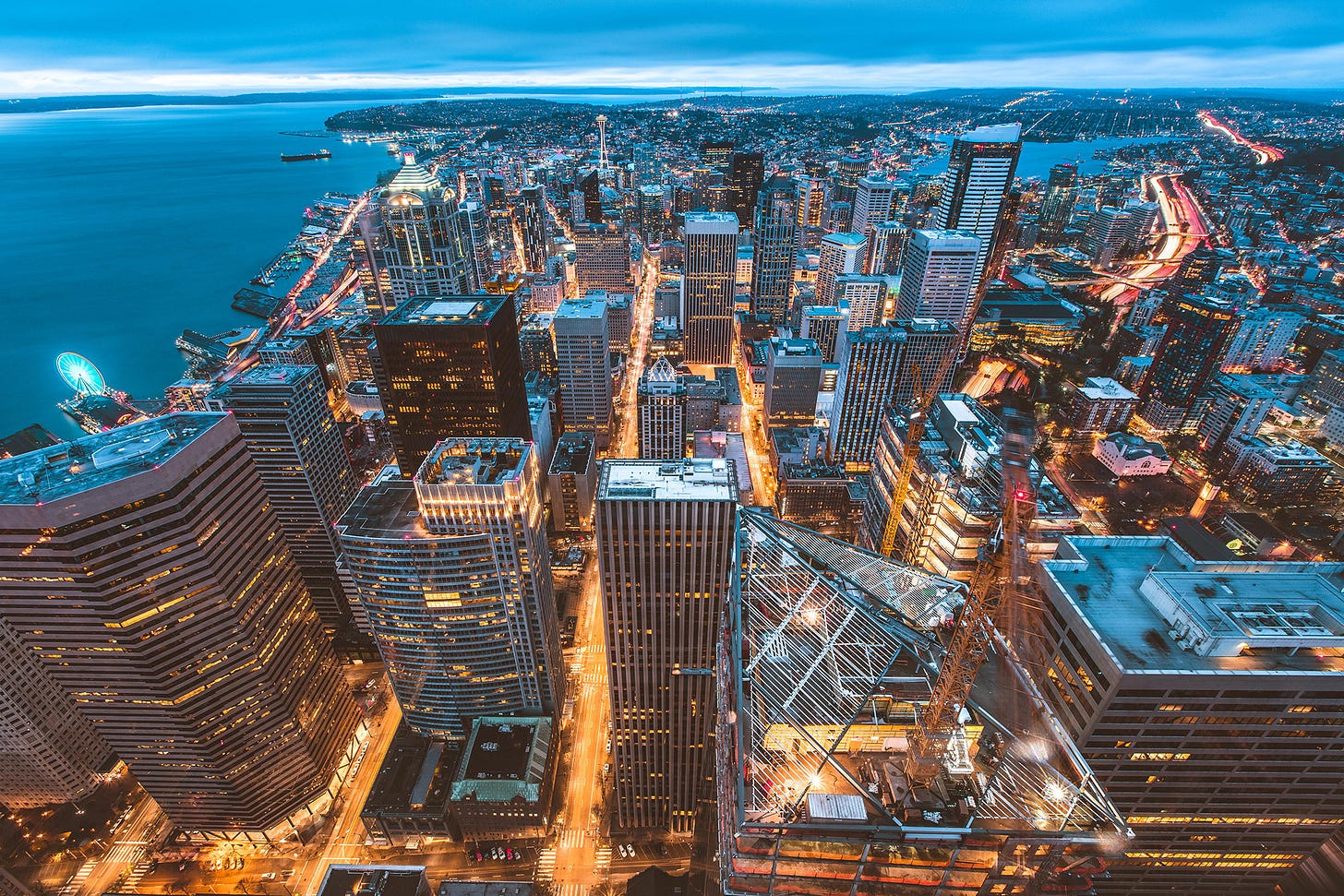
In 2020 Tiny Vineyards won the Best Documentary Feature at the Seattle Wine & Film Festival. It was from Jim Taylor, the executive director of that event, that this recent invitation came. It seems there’s been a resurgence of the traditional “social club,” not only in Seattle but amongst millennials in big cities across the country. And many of these clubs have a wine-themed calendar of private events. That fit Jim’s M.O. to a T, being the social entrepreneur he is, and he was quick to utilize what might be the single best floor of real estate in Seattle (at least from a scenic point of view) as a promotional popup venue for his festival.
In order to secure Tiny Vineyards for the occasion, he threw in airfare, a couple of nights at a great hotel, a personal tour of the Boeing Museum (as a former Air Force Captain, Jim flew aboard Air Force One during the Nixon era and was excited to show us the plane), and enough time to wander the city’s wharfs and piers, including the famous seafood stands and restaurants of Pike Place Market.
We bit — hook, line and sinker.
And we also brought along a mixed-case of wine (did you know Alaska Airlines will let you check a case of wine for free!?), made up from bottles of the actual wines (2018 Vintage) that you see being made by the home winemakers in the movie, and with which we conducted a special tasting before and after the screening of the film. It was a huge hit!
As was the film, as was the dinner afterwards, as was the whole evening. A crowd of about 40 showed up and fully engaged in the winemaking experience as told through the lens of a Colorado boy smitten by a simple cluster of grapes and what it could become.
Reserve yours!
We’re now only 19 days away from bottling Tiny Vineyards Wine Company’s inaugural 2021 vintage. You’re going to hear a lot about this event in the weeks to come. It’ll consist of a total of 285 cases of wine, or thereabouts, and we’ve recently been offering readers of this newsletter a chance to reserve some in advance — anywhere from three bottles to a case or two — before we release it to the public.
Already, we’re rethinking our pricing and I can assure you that the deal we’re offering you, dear reader, in our advance wine sale is better than anything that’s going to be offered at the wine’s official release this coming fall. Please, check it out right now at tinyvineyards.com.


